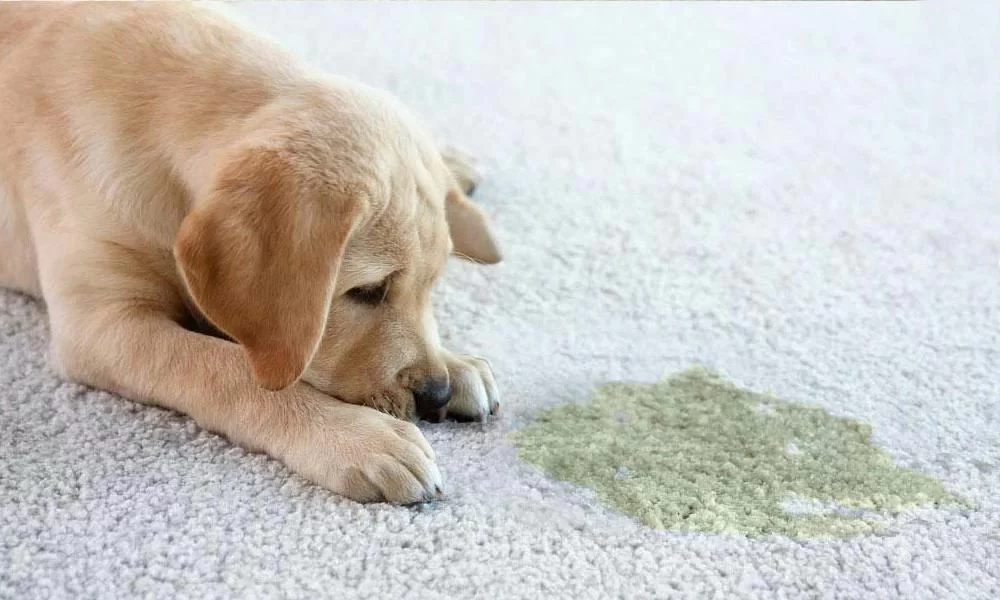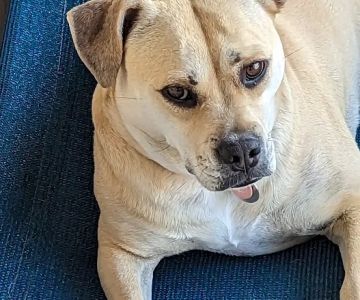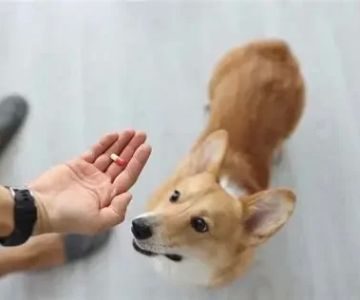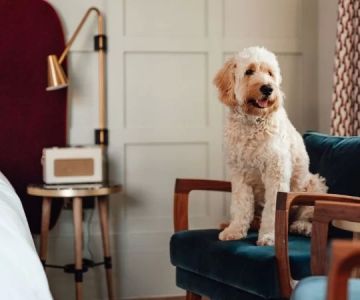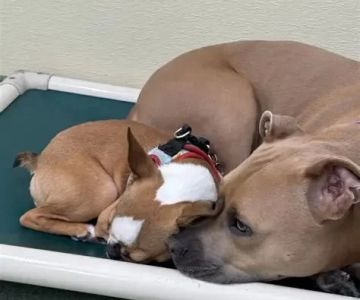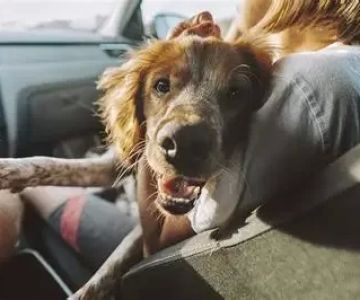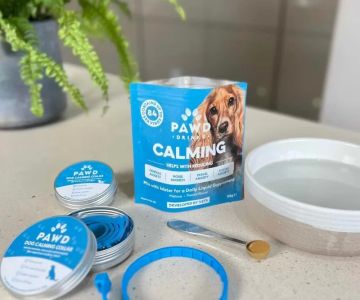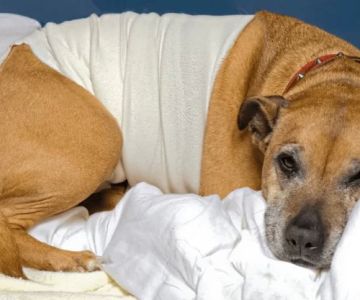How To Get Dog Pee Out of Carpet, Floors, and Couches
As a pet owner, one of the most challenging situations I’ve had to face is when my dog decides to leave an unfortunate surprise on the carpet, floor, or couch. Whether it's due to excitement, anxiety, or an accident, dog pee can leave both an unpleasant stain and a strong odor. But don't worry! I’ve had my fair share of cleaning mishaps and have learned some great tricks for removing dog pee from carpets, floors, and furniture. Let’s dive into the best methods I’ve used that will leave your home smelling fresh again.
Why Dog Urine is Such a Challenge
Dog urine is a tricky thing to clean, mainly because it contains uric acid, which can cling to surfaces, creating lingering odors and stains. The longer you let it sit, the harder it becomes to remove. This is why it’s important to act quickly when accidents happen. But don't be discouraged—there are plenty of cleaning methods that can effectively tackle the stain and smell, no matter where it’s located.
Cleaning Dog Pee from Carpets
Carpets are one of the most common places where dogs have accidents, and the thick fibers can trap urine, making it harder to clean. I remember the first time Max peed on the carpet in our living room—I thought it was going to be impossible to remove. However, after trying out a few solutions, I found a technique that worked wonders. Here's what you can do to clean dog pee from carpets:
1. Act Fast
The faster you can blot up the urine, the better. Grab a clean towel or paper towels and gently blot the area to absorb as much liquid as possible. Avoid rubbing the stain, as this can push the urine deeper into the fibers. The goal is to soak up as much as possible before moving to the next step.
2. Vinegar and Water Solution
One of the best natural cleaners I’ve used is a vinegar and water mixture. The acidity in the vinegar neutralizes the odor and helps break down the uric acid in the urine. Mix equal parts of white vinegar and water in a spray bottle and spray it over the affected area. Let it sit for about 5–10 minutes, then blot it up with a clean cloth. You may need to repeat this step a few times to completely remove the odor.
3. Baking Soda and Vinegar
If the stain is stubborn, I’ve found that using both baking soda and vinegar together can do the trick. After applying the vinegar and water solution, sprinkle a generous amount of baking soda over the wet area. The combination of vinegar and baking soda will fizz up and help lift the stain. Once it dries, vacuum up the residue, and your carpet should be free of both stain and smell!
4. Enzyme Cleaner
If the smell lingers even after using vinegar and baking soda, an enzyme cleaner can be a lifesaver. These cleaners are designed to break down the proteins in the urine, completely eliminating the odor. Apply the enzyme cleaner to the affected area, follow the instructions on the label, and give it time to work. It’s worth noting that enzyme cleaners work best when left to sit for an extended period.
Cleaning Dog Pee from Floors
Hardwood, tile, laminate, or other types of floors can be challenging to clean if your dog has an accident. The urine can seep into the cracks between tiles or get absorbed by the wood. I’ve dealt with both types of flooring and have found several methods that work well to clean dog pee from floors:
1. Clean Immediately with Soap and Water
The first step is always to clean up the urine immediately. Grab a mop or cloth and use warm soapy water to wipe up the area. I find that using a mild dish soap with warm water works great for removing the liquid without damaging the floor. If the urine has soaked into cracks in the floor, you may need to use a more intensive cleaning method (as described below).
2. Vinegar and Water Solution
Just like with carpets, vinegar and water can work wonders on floors. Mix a 50/50 solution of vinegar and water and apply it to the affected area. Wipe it down with a clean cloth, ensuring that the area is completely dry afterward. For tiles or laminate flooring, this solution is usually enough to remove both the stain and the smell.
3. Hydrogen Peroxide
For stubborn stains, hydrogen peroxide can be used on hard floors. Mix a solution of 3% hydrogen peroxide and water (in a 1:1 ratio) and apply it to the affected area. Let it sit for about 10–15 minutes, then wipe it away with a damp cloth. Hydrogen peroxide not only removes stains but also helps with odor elimination.
4. Commercial Floor Cleaners
If the smell is particularly strong, I’ve used a commercial pet odor neutralizer designed for floors. These are formulated to tackle both the stain and the odor, making them effective for hard surfaces. Be sure to follow the instructions on the bottle for best results.
Cleaning Dog Pee from Couches and Upholstery
When Max peed on my couch for the first time, I panicked—I didn’t know how to clean upholstery effectively. Luckily, after a little research and experimentation, I discovered that it’s possible to remove both the stain and the smell from furniture with the right products. Here's what works:
1. Blot the Area
Start by blotting up as much urine as possible with paper towels or a clean cloth. Press down gently to absorb the liquid without spreading it further. Avoid rubbing the stain, as this can make it worse and drive the urine deeper into the fabric.
2. Vinegar and Water Solution
Just like carpets, you can use a vinegar and water mixture to clean the upholstery. Apply the solution to the stained area, let it sit for about 5 minutes, and blot it with a clean cloth. Be sure to test the solution on an inconspicuous area of the couch first to ensure it doesn’t damage the fabric.
3. Baking Soda
After using the vinegar solution, sprinkle baking soda over the damp area. This will help absorb any remaining moisture and odors. Let it sit for a few hours, then vacuum it up. This is especially helpful for upholstery made of soft fabrics like microfiber.
4. Enzyme Cleaner for Upholstery
Enzyme cleaners are also great for couches and upholstered furniture. They break down the proteins in urine, eliminating the odor at the source. Follow the instructions on the bottle, and be sure to use a fabric-safe cleaner to avoid damaging your furniture.
Preventing Future Accidents
Once you've cleaned up the mess, you’ll want to prevent future accidents. I’ve found that consistency is key when it comes to potty training and providing regular bathroom breaks for Max. Here are some things I’ve done to keep accidents to a minimum:
- Establish a consistent potty routine to reduce accidents.
- Provide plenty of opportunities for your dog to go outside, especially after meals or naps.
- Use positive reinforcement when your dog does their business outside.
- If your dog is anxious, consider working with a professional trainer to address any underlying issues.
By keeping up with these habits, you'll not only reduce the chances of future accidents but also ensure that your home stays fresh and clean!

